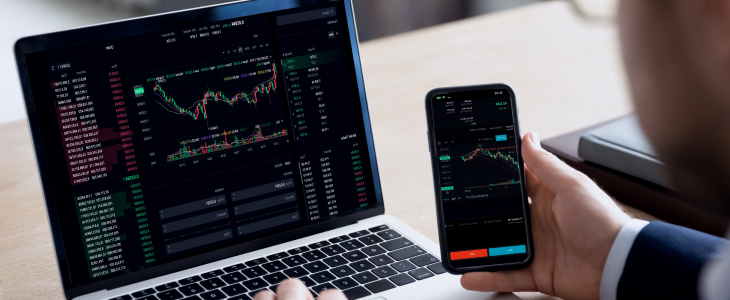
Mastering Forex and CFD Trading: Strategies, Risks, and Opportunities
In the realm of financial markets, Forex (foreign exchange) and CFD (Contracts for Difference) trading represent two of the most popular trading options available today. Many traders are drawn to these financial instruments due to their potential for significant profit and market accessibility. Additionally, forex cfd trading Vietnam Brokers facilitate trading opportunities through various platforms, allowing individuals to engage in these markets with relative ease. This article delves into the intricacies of Forex and CFD trading, examining essential strategies, risks, and the potential opportunities they present.
Understanding Forex Trading
Forex trading involves the buying and selling of currency pairs. Unlike other financial markets, the Forex market operates 24 hours a day, five days a week, making it highly liquid and accessible. Traders speculate on currency movements, buying when they anticipate an increase in value and selling when they foresee a decline. Major currency pairs include EUR/USD, GBP/USD, and USD/JPY. Effective Forex trading requires an understanding of economic indicators, political stability, and market sentiment.
Key Strategies in Forex Trading
There are numerous strategies that traders utilize to navigate the Forex market. Some popular strategies include:
- Scalping: This strategy focuses on making small profits from short-term price fluctuations. Scalpers make numerous trades throughout the day, requiring intense focus and quick decision-making.
- Day Trading: Day traders open and close positions within the same trading day. This approach minimizes exposure to overnight risk and takes advantage of short-term market movements.
- Swing Trading: Swing traders hold positions for several days to capitalize on expected price moves. This strategy requires a balance between a longer time horizon and a keen eye for market trends.
Introduction to CFD Trading
Contracts for Difference (CFDs) allow traders to speculate on the price movements of an asset without actually owning it. CFDs can be traded on various underlying assets, including stocks, indices, commodities, and cryptocurrencies. The major allure of CFD trading is the ability to leverage positions, meaning traders can control larger positions with a smaller amount of capital. However, this also increases both potential profits and risks.
Advantages of CFD Trading
CFD trading offers several advantages that make it appealing to traders:

- Leverage: CFDs allow traders to use leverage, which amplifies both potential returns and risks.
- Diverse Asset Range: Traders can access a wide variety of markets and assets, enabling diversification in their trading portfolios.
- Short Selling: CFDs provide the ability to short-sell assets, allowing traders to profit from falling markets.
Risks Involved in Forex and CFD Trading
Despite the lucrative opportunities, both Forex and CFD trading carry significant risks that traders must be aware of:
- Leverage Risk: While leverage can amplify profits, it can just as easily magnify losses. Traders should use leverage cautiously and understand the implications of high leverage ratios.
- Market Volatility: Markets can be unpredictable, and sudden price swings can lead to substantial losses. Understanding market conditions and applying risk management strategies is essential.
- Lack of Regulation: In some jurisdictions, Forex and CFD trading may not be well-regulated, leading to potential fraud or unreliable brokers. It is critical to choose reputable brokers for trading.
Developing a Trading Plan
A well-structured trading plan is crucial for success in Forex and CFD trading. A trading plan encompasses several elements:
- Risk Management: Determine how much capital you are willing to risk on each trade. A recommended guideline is to risk only 1-2% of your total trading capital.
- Trading Goals: Establish clear and achievable trading goals that align with your risk appetite and trading style.
- Market Analysis: Conduct thorough analysis using technical and fundamental analysis to identify potential trading opportunities.
Choosing a Broker
Selecting the right broker is a critical step for successful trading. Key factors to consider include:
- Regulation: Ensure that the broker is regulated by a reputable authority, which adds a layer of security.
- Trading Platforms: Evaluate the trading platforms offered for their usability, tools, and features.
- Fees and Spreads: Understand the costs associated with trading, including spreads, commissions, and any additional fees.
Conclusion
Forex and CFD trading offer exciting opportunities for investors, whether they are beginners or experienced traders. By understanding the fundamental principles, practicing sound risk management, and developing a robust trading plan, traders can navigate the complexities of these markets successfully. Continuous education and experience will further enhance trading skills, allowing individuals to capitalize on the dynamic nature of Forex and CFDs while mitigating risks.
